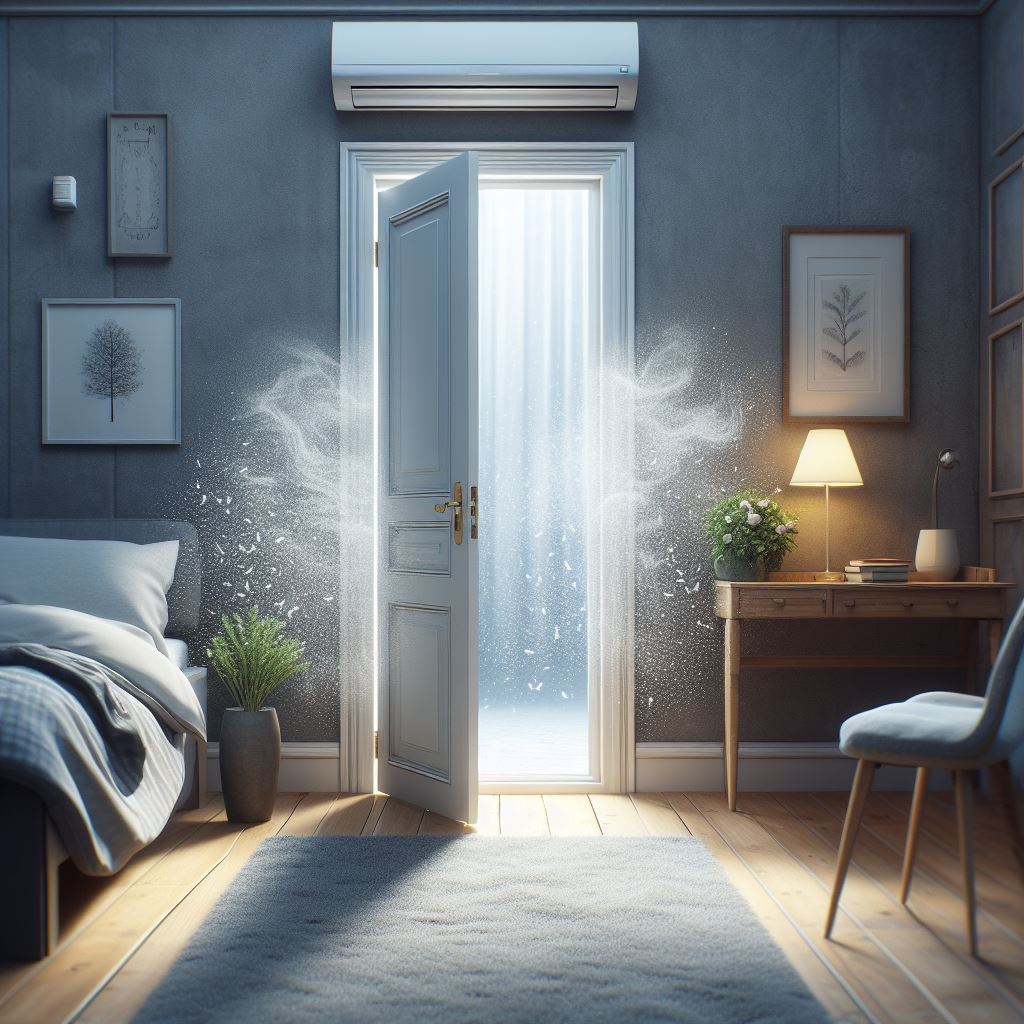When it comes to soundproofing doors in residential settings, it’s a task that’s often overlooked but can significantly impact your living comfort. You know the feeling – that thud of a door slam echoing through the house or the relentless traffic noise sneaking in. It’s more than just a nuisance; it can disrupt the serenity of your home. For the DIY enthusiast and the seasoned construction pro, mastering door soundproofing is a skill worth its weight in gold.

Understanding Soundproofing
Diving into the science of sound transmission, it’s all about how sound waves travel. Think of these waves as persistent travelers, always looking for gaps to pass through. When they hit a door, their journey can either end or continue, depending on how well the door is prepared to block them. We’ve got two main characters in our sound story: airborne noise (like conversations or music) and impact noise (such as the thumping of heavy footsteps).
A door’s ability to fend off these sound waves hinges on its structure and the materials it’s paired with. For instance, a solid-core door is a natural barrier against noise, compared to its hollow-core cousin, which can be as effective as a sieve in a rainstorm at keeping out sound.
Choosing the Right Materials
Selecting the right materials for soundproofing is akin to choosing the right tools for a job. Here’s a rundown:
- Weather Stripping: This is the first line of defense. By sealing gaps around the door frame, weather stripping stops sound waves from sneaking in. It’s a simple, cost-effective solution.
- Acoustic Foam: Imagine this as a sponge for sound. It absorbs the waves, particularly effective against airborne noise. It’s a bit of an investment and might not win any beauty contests, but its performance is top-notch.
- Mass-Loaded Vinyl (MLV): The heavyweight in soundproofing materials. It adds density to your door, acting as a barrier to those stubborn low-frequency noises.
Now, each material has its trade-offs:
- Weather Stripping: It’s a DIYer’s dream – easy to install and gentle on your wallet. Its effectiveness, however, is limited to sealing gaps and won’t do much against the noise itself.
- Acoustic Foam: A powerhouse against sound, but it can be visually intrusive and requires a bit more investment.
- MLV: Offers excellent sound-blocking capabilities but can be heavy on both your door and your budget.
In the end, the choice of material should be guided by your specific needs and situation. Is it the hum of traffic, the chatter from the next room, or the rumble of machinery? Each scenario might call for a different approach to achieve that much-desired peace and quiet.

Step-by-Step Guide to Soundproofing a Door
- Assessing Your Door: Begin by examining your current door. Is it hollow or solid? Remember, a solid-core door will inherently offer better sound insulation. If your door feels more like a drum skin than a barrier, consider upgrading to a denser, heavier door.
- Sealing Gaps and Cracks: This step is crucial and often the most cost-effective. Use weather stripping and door gaskets to meticulously seal any gaps around the door frame. These gaps can be notorious for letting sound slip through, so ensure a tight, snug fit.
- Adding Mass to the Door: If your door is lightweight, add some mass to it. Materials like Mass-Loaded Vinyl (MLV) can be adhered to the door to dampen sound transmission. When applying, it’s essential to cover the entire surface evenly to avoid weak spots where sound can penetrate.
- Installing Soundproofing Panels: For doors that still let sound through, consider attaching acoustic panels or foam. These materials work by absorbing sound waves, reducing their ability to bounce back into the room. Use a strong adhesive and ensure the panels are securely fastened to the door.
- Final Touches: Install a threshold or door sweep. These are often overlooked but play a critical role in sealing the gap between the door and the floor, which is just as important as the rest of the door.
Advanced Tips for Enhanced Soundproofing
- Decoupling: A more sophisticated approach, decoupling involves creating a break or separation in the door structure to prevent sound waves from easily passing through. This technique can be particularly effective but may require more extensive modification of the door or frame.
- Damping: This involves using materials that dissipate sound energy, rather than merely blocking it. Specialized damping compounds can be applied to door surfaces to absorb and dissipate sound energy.
For interior doors, such as those in a bedroom, often simpler solutions like sealing and adding mass can suffice. The goal is to reduce noise intrusion, not to create a soundproof vault.
FAQ Section
While improvements can be made to most doors, solid-core doors are inherently better at soundproofing than hollow-core doors. However, even with a hollow-core door, strategic use of sealing and mass-adding techniques can make a noticeable difference.
The cost can vary greatly. Simple weather stripping can be very affordable, while adding mass with materials like MLV or replacing the door entirely will be more expensive. Expect to spend anywhere from a few dollars to several hundred, depending on the extent of your soundproofing efforts.
Yes, many effective soundproofing techniques can be applied to your existing door. Sealing gaps and adding mass or absorptive materials can significantly improve a door’s soundproofing capabilities.
The best way to gauge effectiveness is by subjective assessment – do you notice a reduction in noise? You might also conduct simple tests, like playing music at a consistent volume in an adjacent room and assessing sound transmission.
Regularly check the integrity of seals, sweeps, and attached materials. With time and use, these may degrade and require replacement or adjustment to maintain optimal soundproofing performance.
